Aging Population
The demographic shift towards an aging population is significantly influencing the Health and Wellness Product Market. As the global population ages, there is an increasing demand for products that cater to the specific health needs of older adults. This demographic is more likely to invest in health and wellness products to manage chronic conditions and enhance their quality of life. Data suggests that by 2030, the number of individuals aged 60 and above will reach 1.4 billion, creating a substantial market opportunity. Consequently, companies within the Health and Wellness Product Market are focusing on developing targeted solutions for this demographic, which is expected to drive market growth.
Rise of E-commerce
The Health and Wellness Product Market is witnessing a transformative shift due to the rise of e-commerce platforms. Consumers are increasingly turning to online shopping for health and wellness products, driven by convenience and accessibility. Recent statistics indicate that online sales of health products have grown by over 30 percent in the past year alone. This trend is likely to continue as more consumers prefer the ease of purchasing products from the comfort of their homes. E-commerce not only expands the reach of health and wellness brands but also allows for personalized marketing strategies, thereby enhancing customer engagement within the Health and Wellness Product Market.
Sustainability Trends
Sustainability is becoming a pivotal factor in consumer purchasing decisions within the Health and Wellness Product Market. As environmental concerns grow, consumers are increasingly favoring products that are eco-friendly and sustainably sourced. This trend is evident in the rising popularity of organic and natural health products, which have seen a significant increase in market share. Data suggests that products labeled as sustainable are experiencing a growth rate of approximately 25 percent annually. This shift towards sustainability not only reflects consumer values but also encourages companies to adopt more responsible practices, thereby influencing the overall landscape of the Health and Wellness Product Market.
Focus on Mental Health
The growing emphasis on mental health is reshaping the Health and Wellness Product Market. As society becomes more aware of the importance of mental well-being, there is a rising demand for products that support mental health, such as supplements, mindfulness apps, and stress-relief tools. Recent surveys indicate that nearly 60 percent of consumers are actively seeking products that promote mental wellness. This trend reflects a broader cultural shift towards holistic health, where mental and physical well-being are viewed as interconnected. Consequently, businesses in the Health and Wellness Product Market are increasingly innovating to meet this demand, potentially leading to new product categories and market expansion.
Increased Health Awareness
The Health and Wellness Product Market is experiencing a notable surge in consumer awareness regarding health and wellness. This heightened consciousness is largely driven by a growing understanding of the importance of preventive healthcare. As individuals become more informed about the benefits of maintaining a healthy lifestyle, they are increasingly seeking products that promote well-being. According to recent data, approximately 70 percent of consumers actively seek out health-related products, indicating a robust demand for wellness solutions. This trend is likely to continue, as more people prioritize their health, thereby propelling the growth of the Health and Wellness Product Market.


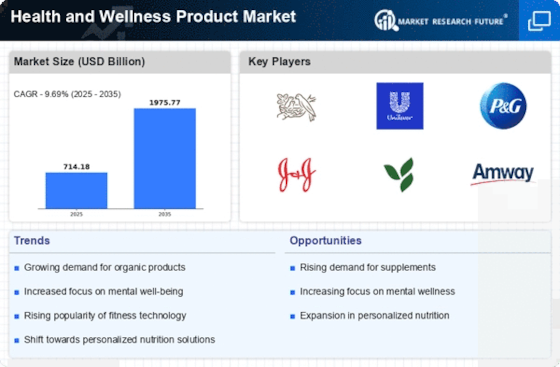
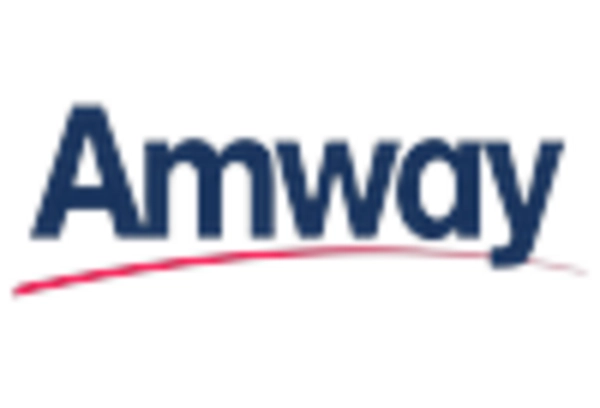
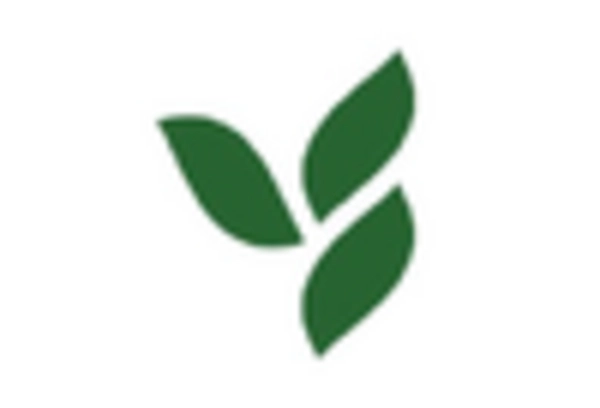


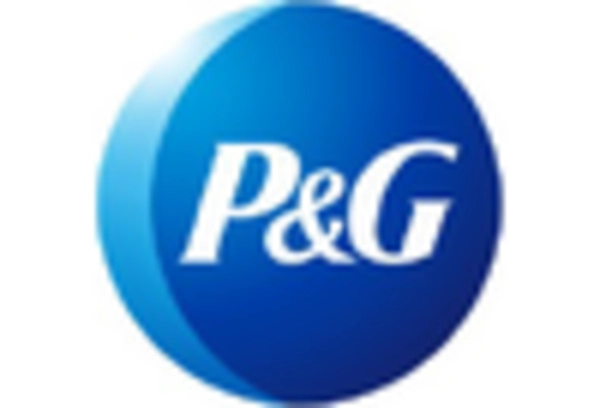
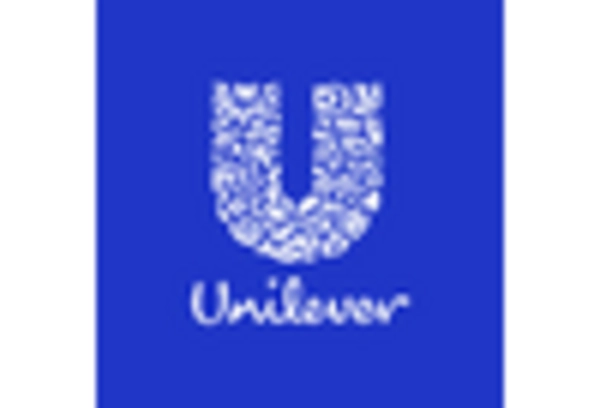








Leave a Comment